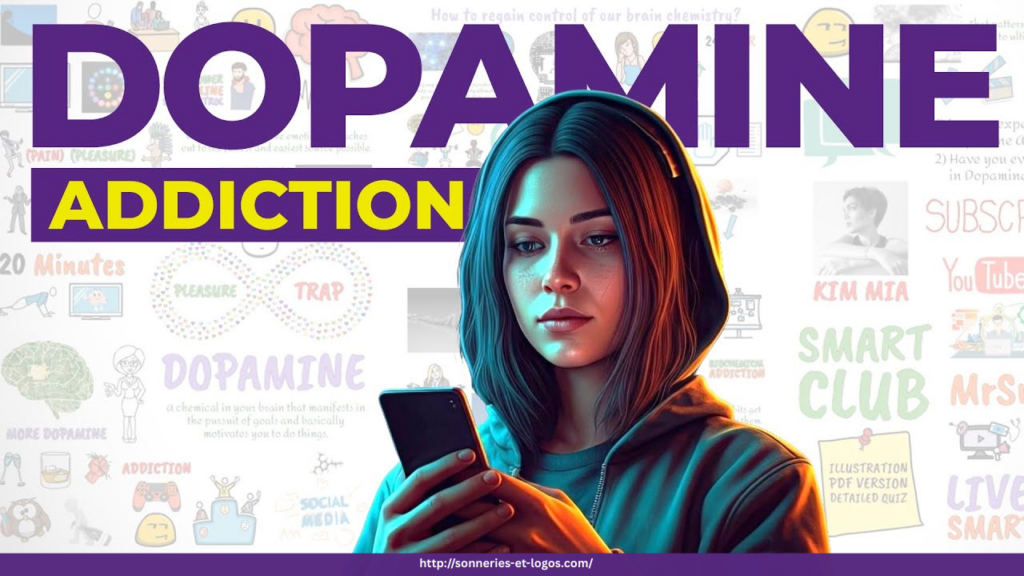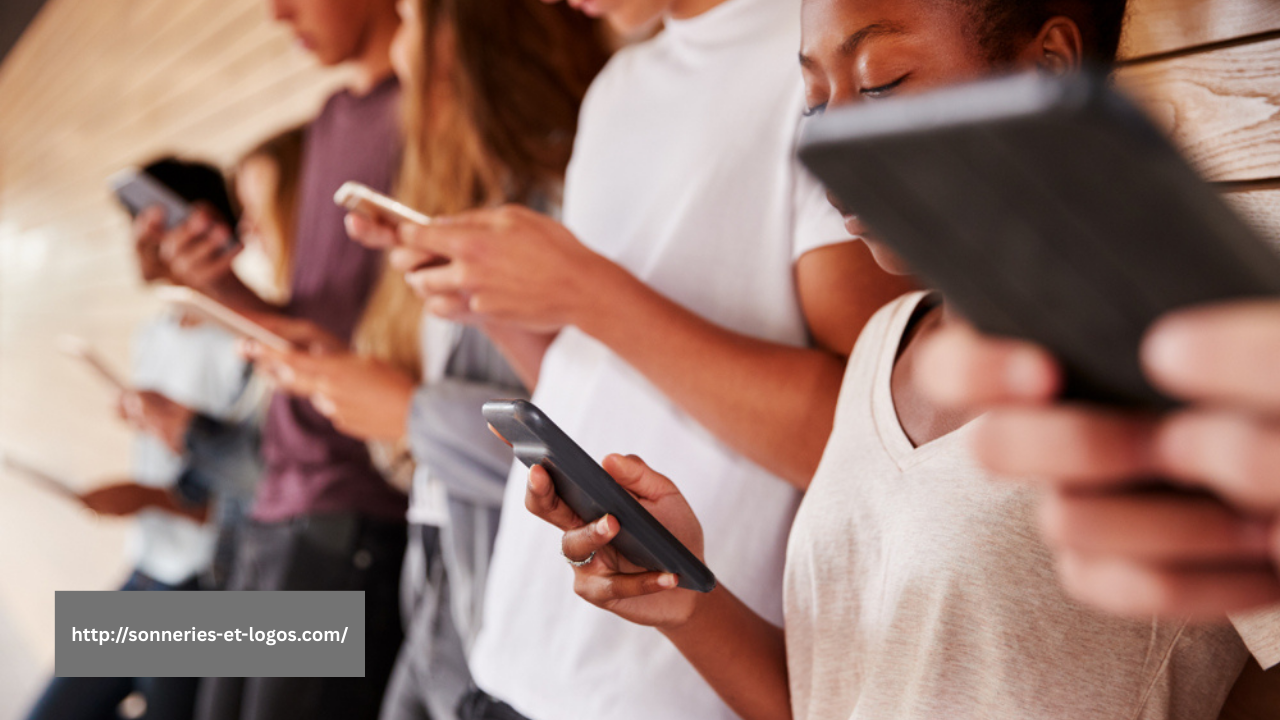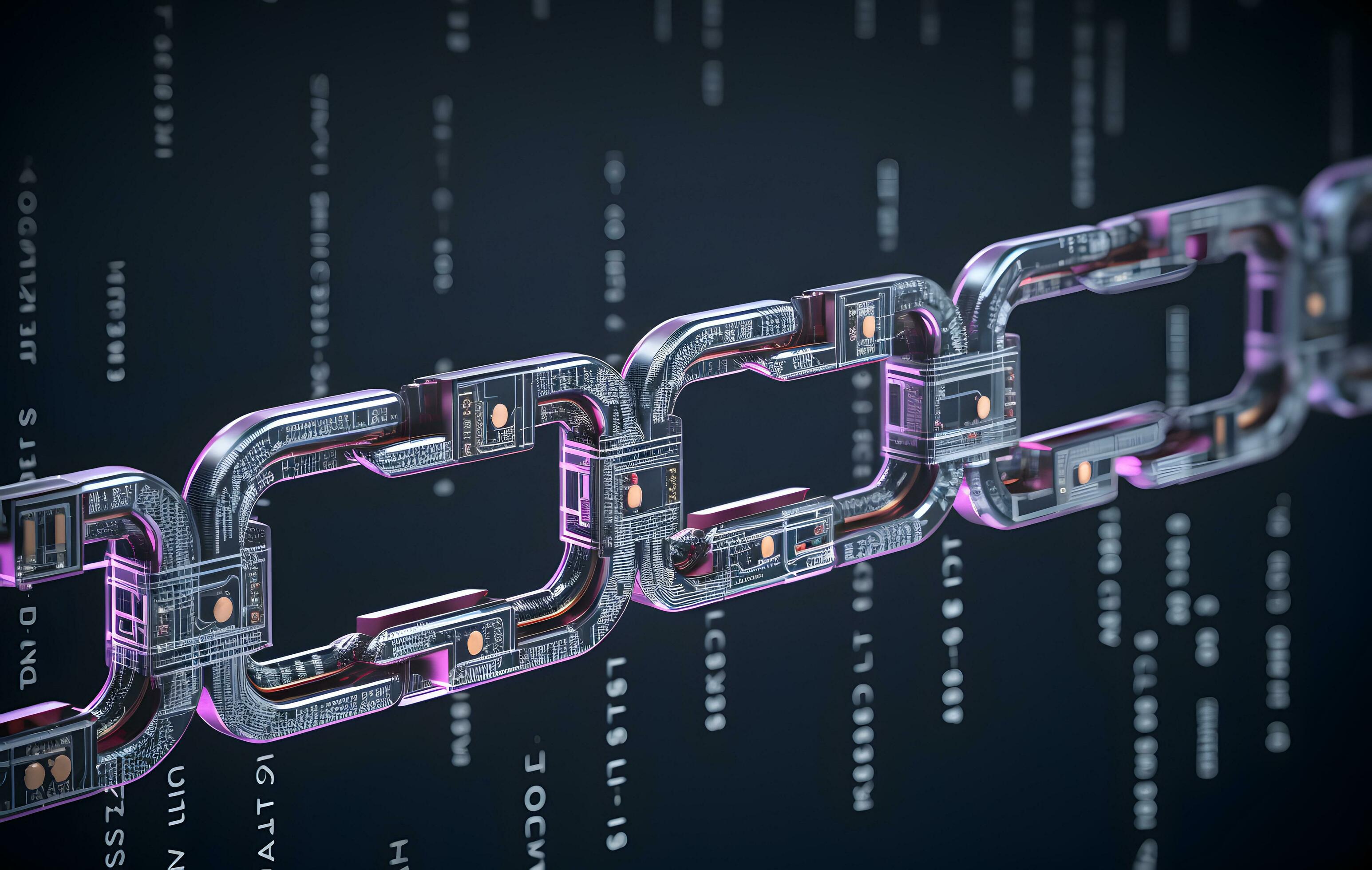
Smartphones have become an essential part of modern life. From navigation and news to social media and entertainment, we rely on them for almost everything. However, this constant connection comes at a cost. For many people, the line between helpful technology and harmful dependency has blurred. Smartphone addiction—characterized by compulsive, excessive phone use—can negatively affect our mental health, relationships, productivity, and overall well-being. The good news? It’s possible to escape the digital grip and regain control of your time and attention.
Understanding the Addiction
Smartphone addiction isn’t just about using your phone frequently—it’s about the compulsive need to check it, even when there’s no real reason. Whether it’s the urge to scroll social media, play a game, or check for notifications, these habits are often driven by dopamine—the brain’s “reward” chemical. Every like, comment, or message gives us a small rush, reinforcing the behavior and making it hard to stop.
This constant stimulation trains our brains to crave instant gratification and leaves little room for focus, patience, or mindfulness. Over time, we become dependent on our phones for emotional comfort, distraction, or validation.
Recognizing the Signs
Some common signs of smartphone addiction include:
- Checking your phone first thing in the morning and last thing at night
- Feeling anxious or irritable when you can’t access your phone
- Frequently losing track of time while scrolling
- Neglecting responsibilities or social interactions in favor of screen time
- Using your phone to cope with boredom, stress, or loneliness
Acknowledging these signs is the first step toward breaking free.
Practical Steps to Regain Control
- Track Your Usage
Start by becoming aware of how much time you spend on your phone and which apps consume the most time. Most smartphones offer built-in screen time reports that can help you identify patterns and triggers. - Set Boundaries
Create limits for how and when you use your phone. Set screen time limits for specific apps, schedule “no phone” hours, and avoid using your phone during meals or right before bed. - Turn Off Non-Essential Notifications
Constant alerts can keep you in a reactive state. Turn off unnecessary notifications to reduce distractions and regain control of your attention. - Use Apps That Help You Disconnect
There are apps designed to help reduce screen time, such as Forest, Digital Wellbeing, or Freedom. These tools can block distracting apps and encourage more intentional use. - Designate Phone-Free Zones
Create physical spaces where phone use is not allowed, such as the bedroom or dining area. This encourages real-life interaction and better rest. - Replace the Habit
Find healthy, fulfilling alternatives to scrolling—like reading, journaling, exercising, or spending time with loved ones. Replacing screen time with meaningful activities helps break the cycle.
The Benefits of Breaking Free
Reducing smartphone use can lead to clearer thinking, improved mood, better sleep, stronger relationships, and a deeper sense of presence in daily life. You may find that you’re more productive, more creative, and more at peace when your mind isn’t constantly tethered to a screen.
Conclusion
Overcoming smartphone addiction isn’t about ditching your device completely—it’s about using it intentionally. By setting boundaries, building healthier habits, and reconnecting with the real world, you can escape the digital grip and reclaim your time, focus, and peace of mind. The path to balance begins with one conscious choice at a time.








